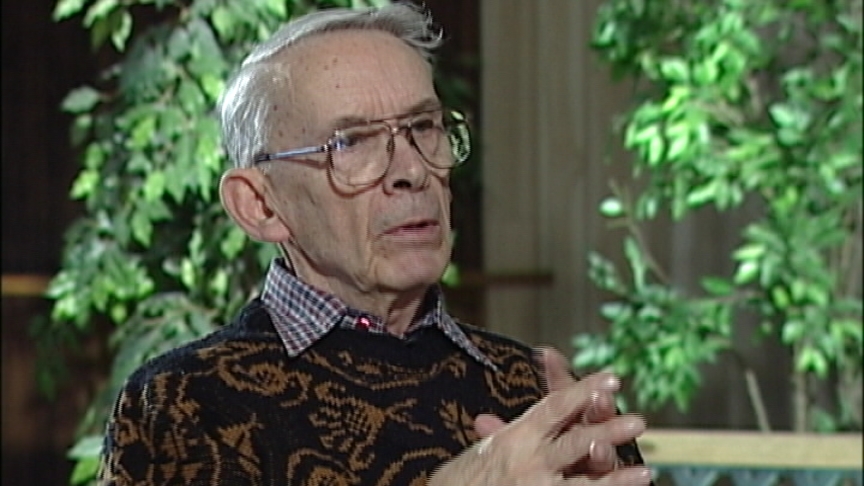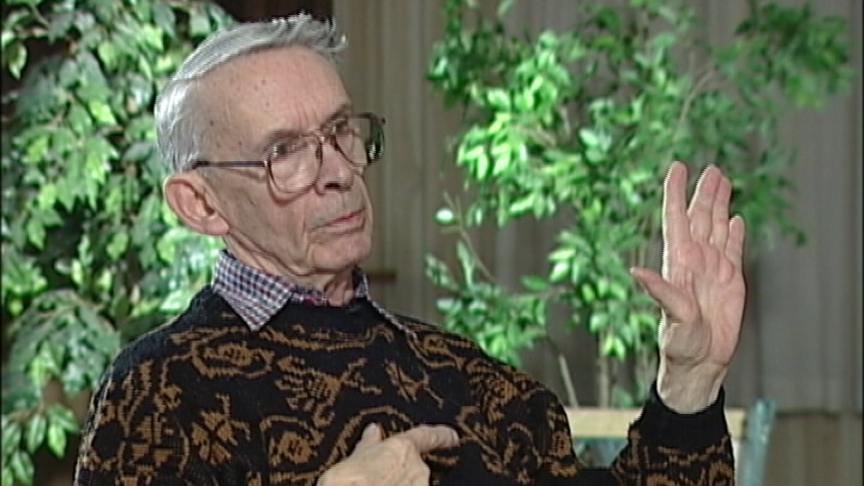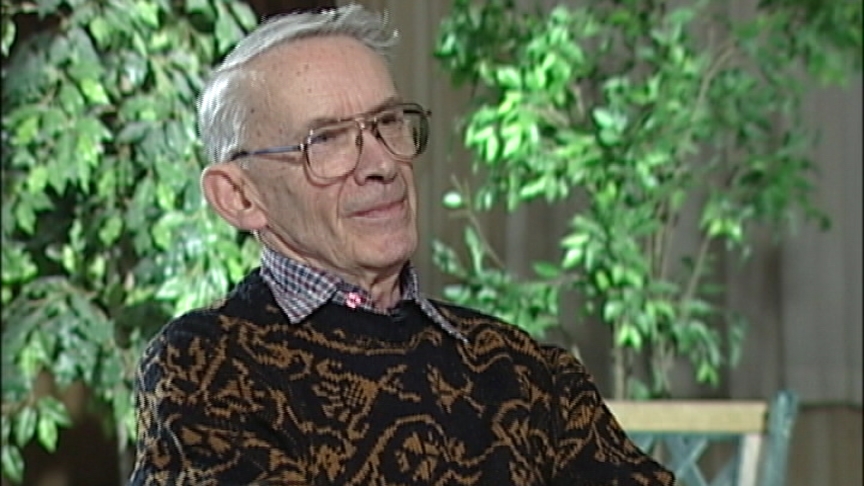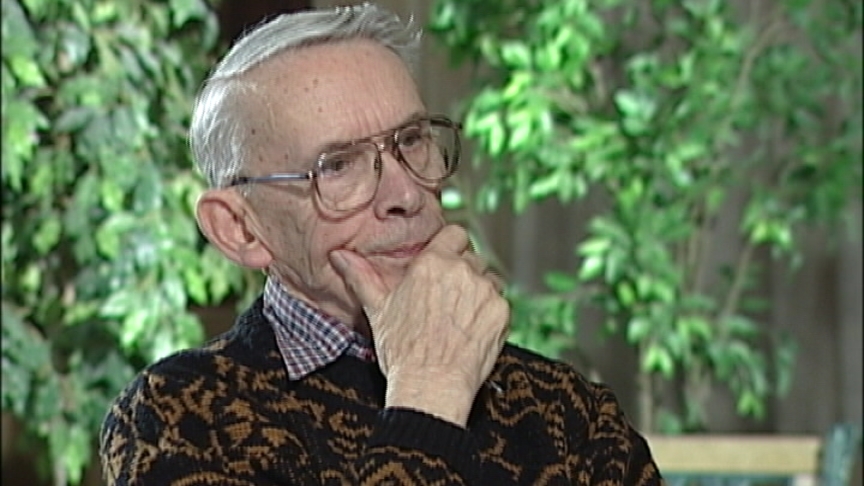They'd all be put on a truck
Heroes Remember
They'd all be put on a truck
Transcript
Basically, they would be... Of course the engines were cast
engines and a lot of aluminum, but some of the aircraft
themselves were made of, well, made of pretty well metal.
The old Ansons were, they were a fabric and wood, so they
buckled up pretty good. There was one, actually there was one...
Like, magnesium is light and strong, but it also burns.
There was an odd aircraft, I think Bolingbrokes. There was,
they were quite a lot of magnesium in them, and they would,
they'd burn if they ever got going..., the metal, but they were
light. If the aircraft crashed within the range that we looked
after, which was Ontario and a lot of Quebec, most of Quebec,
I guess the, the parent unit would, would phone the repair
depot and the aircraft recovery section, which we were in
and they say, "Okay, this crew, this is what has happened,
away you go." So, you would, the aircraft, the motor transport
people would come up with their equipment, and you would
have the, what we called the gen poles, equipment to hold
the engines and, and... so that would..., they'd all be put on
a truck and brought back. There were certain, there was certain
equipment that was adaptable to each aircraft. If you were going
after a Harvard, you would have certain slings that would, the
wings would fit and the engine would fit on, if it had been
knocked off, things like that. So if it was a different type of
aircraft, it was an old Anson... The wing, it was, they were kind
of dirty. The big old wing went right through the other side,
so it had to come off, obviously, you know. And sometimes,
an odd time there'd be one hit, hit the lake, been in the water.
And strange to say, if an aircraft hit the water, it would be
torn to pieces worse than the land. It just would, just,
the water would just, they'd just be torn to shreds.
And we, we would, there would just, there would be probably
special people equipped to get those out. And there were
certain things, certain instruments, clocks, compasses,
things like that, that had to be accounted for if they could be,
if they were still salvageable. There were the two main things.
Description
Mr. MacKenzie describes aircraft recovery on land and in the water.
Grant MacKenzie
Grant Mackenzie was born in Harriston, Ontario, in 1923. He finished school and went to work at a local auto dealer. He attempted to serve overseas as a pilot or electronics technician, but colour blindness prevented him from doing so. Instead, Mr. Mackenzie joined 6 Repair Depot in Trenton, Ontario, where he was an aero engine mechanic. He was also a member of one of the teams tasked with recovering parts from aircraft which crashed during training exercises. Upon completion of his military service, Mr. Mackenzie rejoined the automotive industry.
Meta Data
- Medium:
- Video
- Owner:
- Veterans Affairs Canada
- Duration:
- 03:01
- Person Interviewed:
- Grant MacKenzie
- War, Conflict or Mission:
- Second World War
- Location/Theatre:
- Canada
- Branch:
- Air Force
- Units/Ship:
- 6 Repair Depot
- Rank:
- Leading Aircraftman
- Occupation:
- Aero Engine Mechanic
Related Videos
- Date modified:






